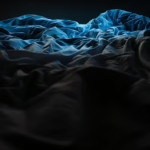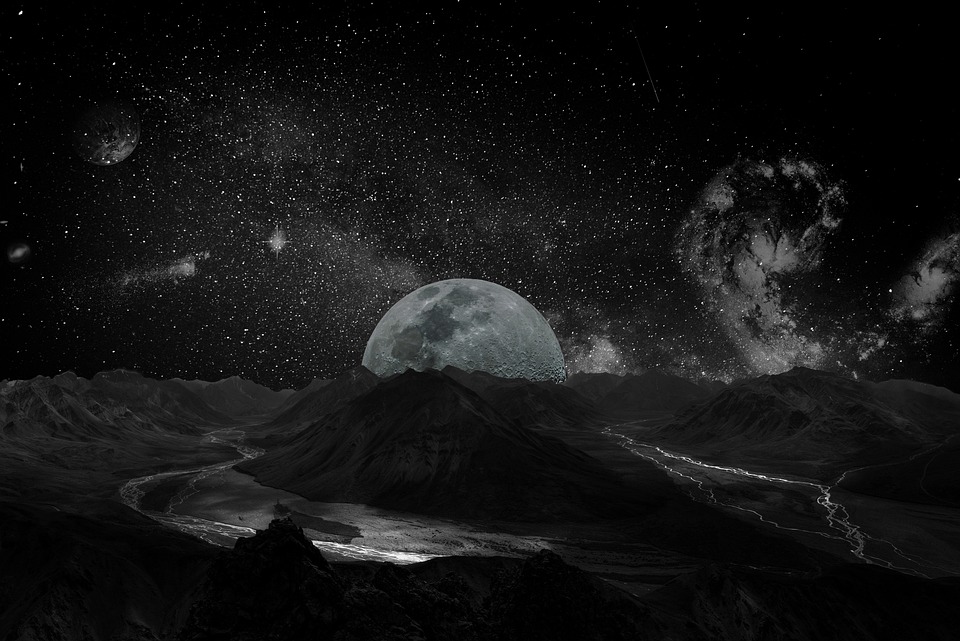From Mercury to Neptune: Discovering the Planets You Can See Tonight
As night falls and the stars begin to twinkle, one of the most enchanting experiences for any stargazer is the sight of planets across the night sky. The mesmerizing dance of these celestial bodies invites both novice and seasoned astronomers alike to explore the wonders of our solar system. Whether you’re an amateur stargazer with a keen eye or an experienced astronomer with elaborate telescopes, tonight is an excellent opportunity to view the planets that have captivated humanity for centuries.
Mercury: The Elusive Messenger
The closest planet to the Sun, Mercury, is often challenging to spot due to its proximity to the bright glare of our star. However, during favorable "elongation" periods—when Mercury is at its greatest distance from the sun in the sky—it can be seen shortly after sunset or before dawn. A pair of binoculars or a small telescope can enhance your viewing experience. Its surface is rocky, marked by craters, much like our moon, making it an intriguing target for observation.
Venus: The Evening Star
Easily the brightest planet in our night sky, Venus often steals the show. Known as the "Evening Star" or the "Morning Star," it showcases phases similar to the Moon. In many locations, Venus remains a stunning sight shortly after sunset. Its golden-glow often outshines even the brightest stars, making it relatively easy to locate. When viewing Venus, you may notice its phases with a small telescope, transitioning from a crescent to a gibbous shape.
Mars: The Red Planet
Mars is famous for its rusty hue, earning it the moniker "Red Planet." Tonight, it may shine with an inviting orange-red glow. Depending on the timing of your observations, Mars may be positioned prominently in the evening sky or be visible in the early morning hours. Amateur astronomers can view its polar ice caps and surface features using mid-range telescopes. Look for it amidst the backdrop of constellations, as it often wanders through different signs of the zodiac.
Jupiter: The Giant of the Solar System
Jupiter, the largest planet, is a must-see for anyone interested in astronomy. With its distinct bands of clouds and colorful atmospheric features, Jupiter is easily recognizable. It boasts a collection of moons—Galilean moons including Io, Europa, Ganymede, and Callisto—that dance around the planet, visible even through modest telescopes. Tonight, if conditions are right, observe the Great Red Spot, a massive storm that has raged for centuries.
Saturn: The Ringed Wonder
No discussion of planets would be complete without the stunning Saturn. Renowned for its magnificent rings, Saturn is a favorite among amateur astronomers. With just a small telescope, you can see its stunning rings and possibly spot some of its moons. Saturn tends to have a warmer golden-yellow color, easily distinguishable in the night sky. The best time for viewing Saturn is often during opposition when it is closest to Earth and appears larger and brighter.
Uranus: The Distant Ice Giant
While perhaps less visible to the naked eye, Uranus is still within reach of discerning stargazers equipped with binoculars or a small telescope. It appears as a blue-green dot, distinguishable from nearby stars. Finding Uranus requires a bit of star-hopping and a good star chart or app, and tonight, you might just spot this distant world on the outskirts of our solar system.
Neptune: The Farthest Known Planet
As the most distant planet in our solar system, Neptune can be elusive and is often challenging to observe. However, like Uranus, it can be seen with a telescope, appearing as a small blue dot. For the adventurous astronomer, spotting Neptune can provide a sense of accomplishment, as it takes precise navigation through star maps to locate it.
Tips for Observation
-
Check the Sky: Use astronomy apps or websites to identify which planets are visible in your location tonight. Factors like weather, moon phase, and light pollution play significant roles in visibility.
-
Use Binoculars or a Telescope: While many planets can be visible to the naked eye, optics can greatly enhance your experience.
-
Find a Dark Spot: Light pollution can hinder your ability to see celestial bodies. If possible, find a darker area away from city lights.
- Be Patient: Celestial observations can take time, so be patient as you scan the skies for planets.
Conclusion
The night sky is a vast canvas of wonder, and tonight, you may have the chance to explore some of the most intriguing planets in our solar system, from the close and elusive Mercury to the distant and mysterious Neptune. With simple tools, a good guide, and a sense of wonder, you can ignite your passion for astronomy and uncover the beauty of our cosmic neighborhood. So grab your binoculars, head outside, and embark on your journey through the solar system!
























Add Comment